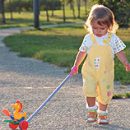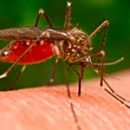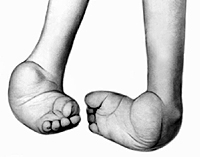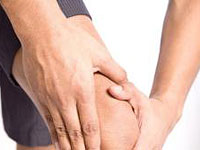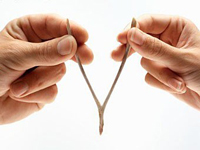How to give first aid to the baby with a stretch of bundles, dislocation? What every parent? Answers to the questions you will find in the article.
Content
Characteristic children's injuries
Little children often fall during moving games, but they rarely have bone fractures. A small body weight and well-developed cover of soft tissues weaken the strength of the blow when falling. Prevent fractures and features of the structure of bones and joints in children. Bones of the child contain less minerals than an adult, due to which they have elasticity and packGuns. Around the bone, like a coupling, is the periosteum, in children it is thick and flexible, well supplied with blood. When the bone fracture is often completely not completely broken and prevents a large displacement of fragments. In the bones of the limbs and the spine in children there are layers of sprout cartilage. It is called so because due to this cartilage grow bones. Flexible cartilage, which also prevents fractures.
Sprain. In children of the first 3 years of life, such injuries are rare. The most typical tensile tensions of the ankle joint. They arise with an awkward movement when the stop is touched inside. At this point, the baby feelsProye pain that gradually subsides. However, after a while on the outer surface of the ankle joint, swelling appears, sometimes blue, painful not to touch. Movement in the joint although possible, but limited. The child germs the leg and with difficulty comes to her.
To provide first aid to the place of stretching bundles onPut fixing 8-shaped bandage and ice bubble for 2-3 hours. However, for children of this age group, no stretching of ligaments are more characteristic, and the fractures of the type of crackerus one of the bones of the leg in her lower third. Diagnosed TreSchigan only with X-ray study. Therefore, after the first aid of the child needs to show her herbsMathologist.
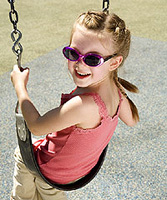 Dislocation. In case of accident, the articular bag can break, and then one of the bones slips from the cavity of the joint. Articular bags and bundles in children are very elastic, and therefore dislocations at an early age are quite rare. You can recognize dislocation by such signs: the usual joint contours are disturbed, the movement in it becomes sharply limited, grows pain in the joint, the limb is shortened or extended.
Dislocation. In case of accident, the articular bag can break, and then one of the bones slips from the cavity of the joint. Articular bags and bundles in children are very elastic, and therefore dislocations at an early age are quite rare. You can recognize dislocation by such signs: the usual joint contours are disturbed, the movement in it becomes sharply limited, grows pain in the joint, the limb is shortened or extended.
When dislocation or suspicion it is necessary to create maximum peace for the injured hand or legs, impose a bus or locking bandage and as soon as possible to deliver the child to the surgeon. When delaying, due to the rapidly increasing edema it will be difficult to correct the bone in the joint. In addition, the nerve or vessel may be damaged between the bones, and this will lead to severe consequences (paralysis or finiteness.). Unprofessional should not go out, because in some cases it is difficult to distinguish dislocation from the bone fracture and, when first aid, you can rather harm than to help the child.
Rady bone sublinks in the elbow joint. This trauma meets only at the age of 2-3 years and is called also «dislocation from pulling out». The injury usually leads a movement at which the child's hand in an extended position is exposed to a sharp stretching along the longitudinal axis of the hand more often, sometimes ahead. The child can be stupid or slip, and an adult who leads him, keeping his hand, pulls for her to keep the baby from falling. Sometimes a small child has such a stretching occurs during the game (adults, taking him by arms, cool around them) or putting a narrow sleeve. In some casesTea Adult can hear that the hand is chipped.
Whatever the reason that caused damage, the child screams from pain, after which he immediately stops moving his hand, derit lives in a forced position, stretching along the body and bent slightly in the elbow. Especially painful rotational movements of the forearm in the elbow joint. This damage is due to the fact that such small children have a bunch that holds the radiation bone is still weak. By 4-5 years she is stronger, and such complications are no longer found.
The sublifting in most cases is easily produced. The forearm is carefully translated into the bending position at right angle in the elbow joint, capture the brush of the patient with the same hand and make the rotational movements of the forearm. At the same time, the child is experiencing some pain, and the rightful feeling liqueursing or light crunch. Mills right. The child immediately calms down and literally after 1-2 minutes freely moves the hand and begins to use it how healthy. Impose a locking dressing no need. But you need to observeGive care and do not drive a child for the sore hand. During walks with nursery children, it is better to use «Window».
Traumatic dislocations of large joints (hip, knee, shoulder) in children 3 years of life practically not meetingTalk.

